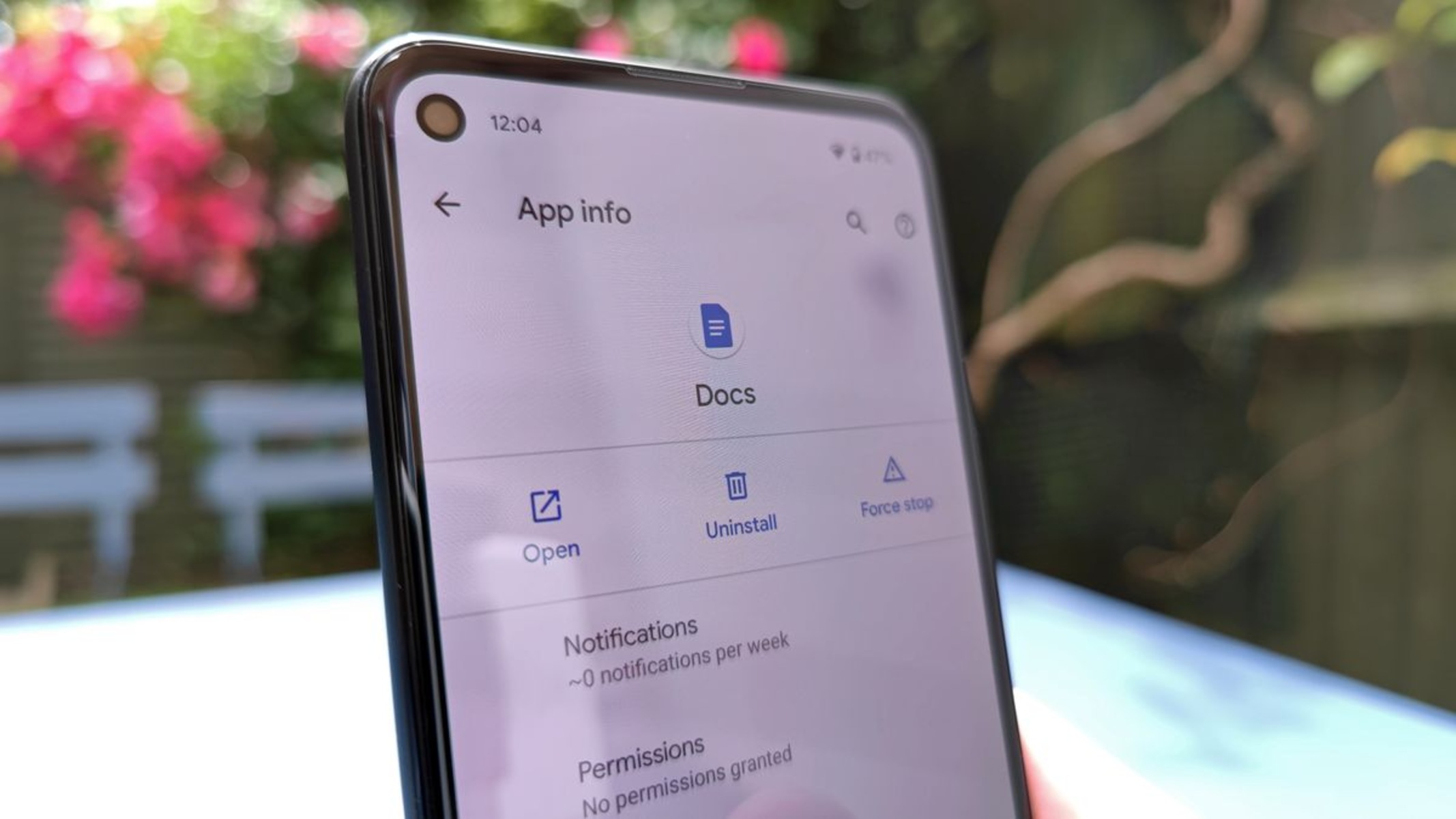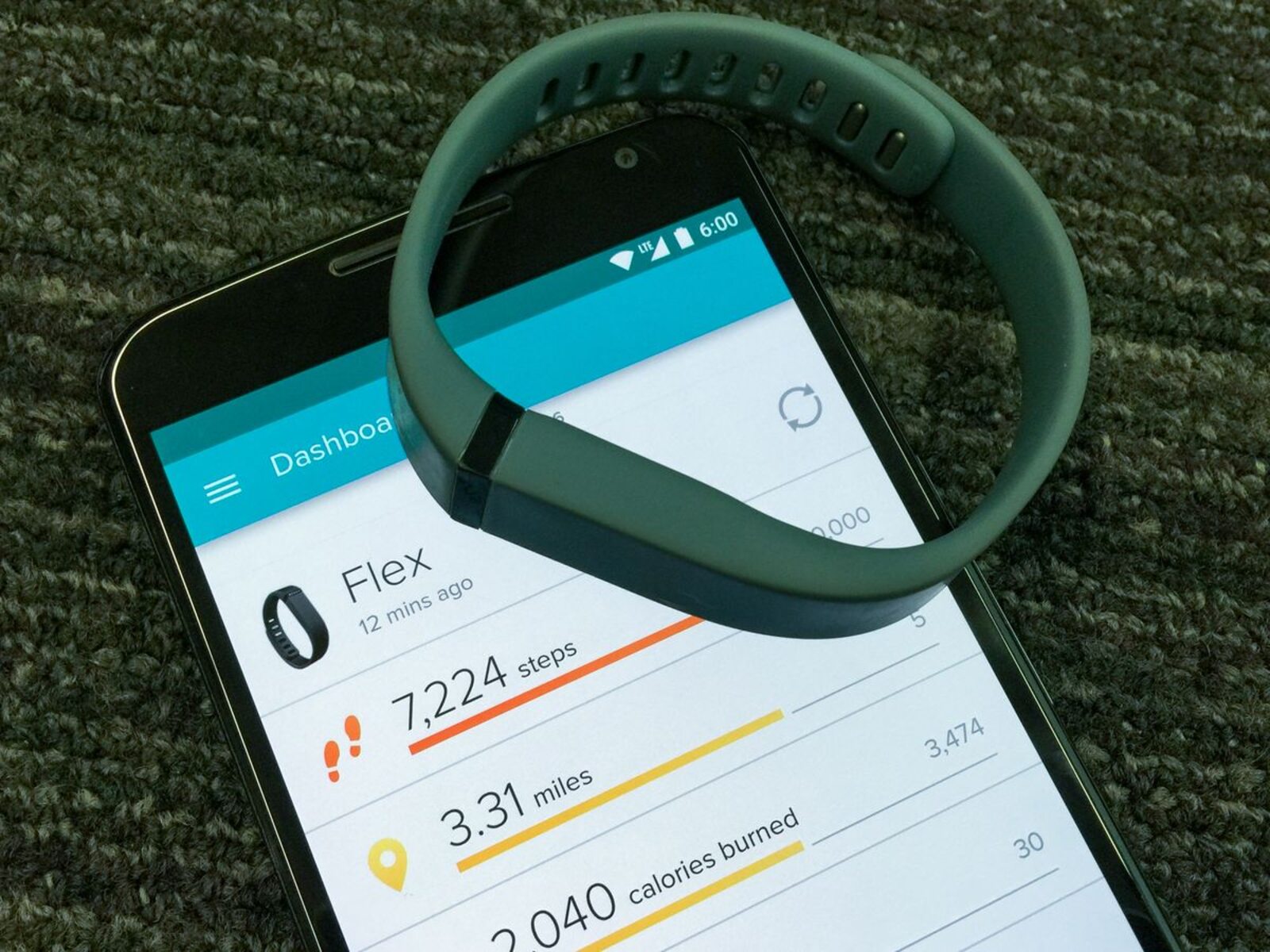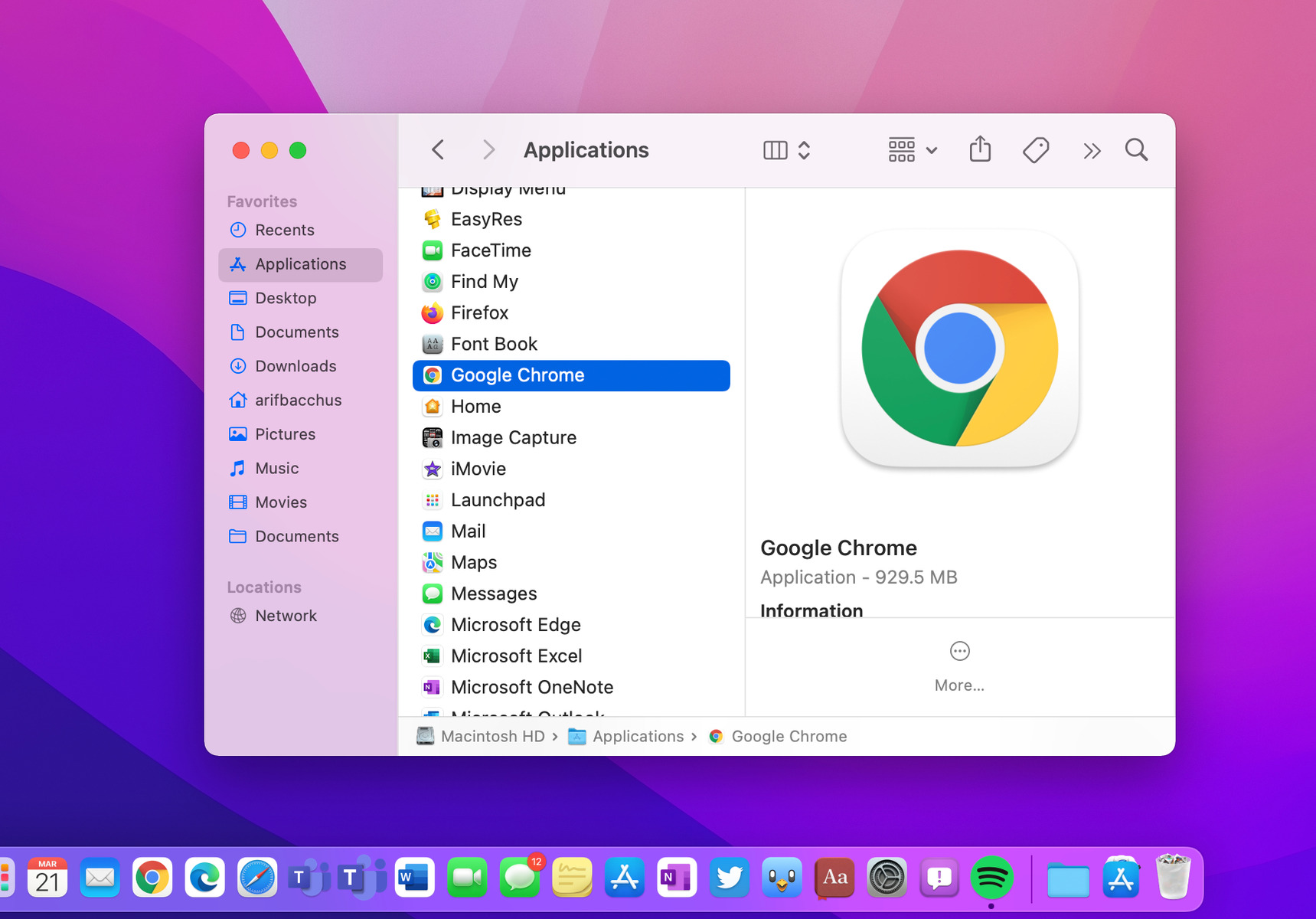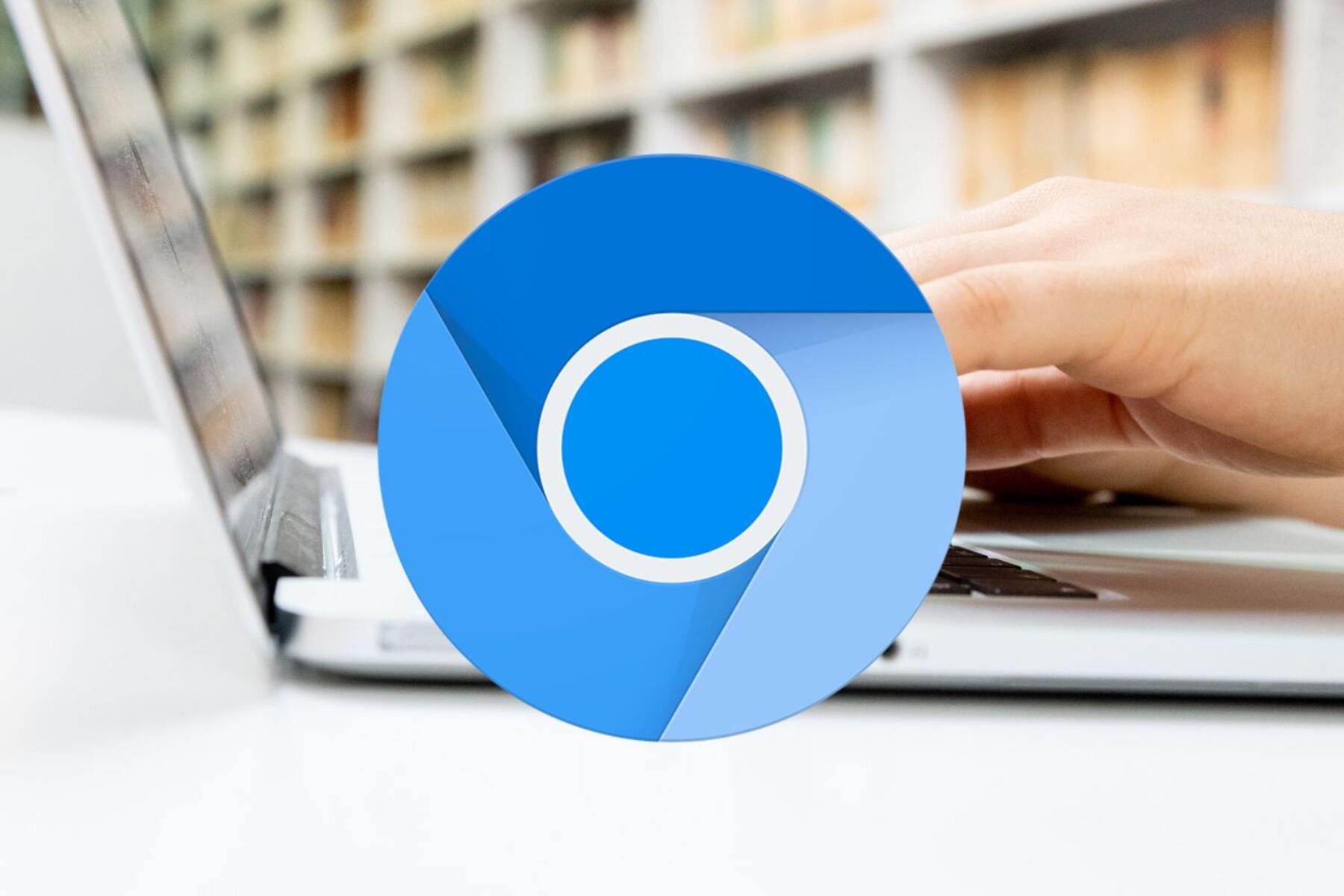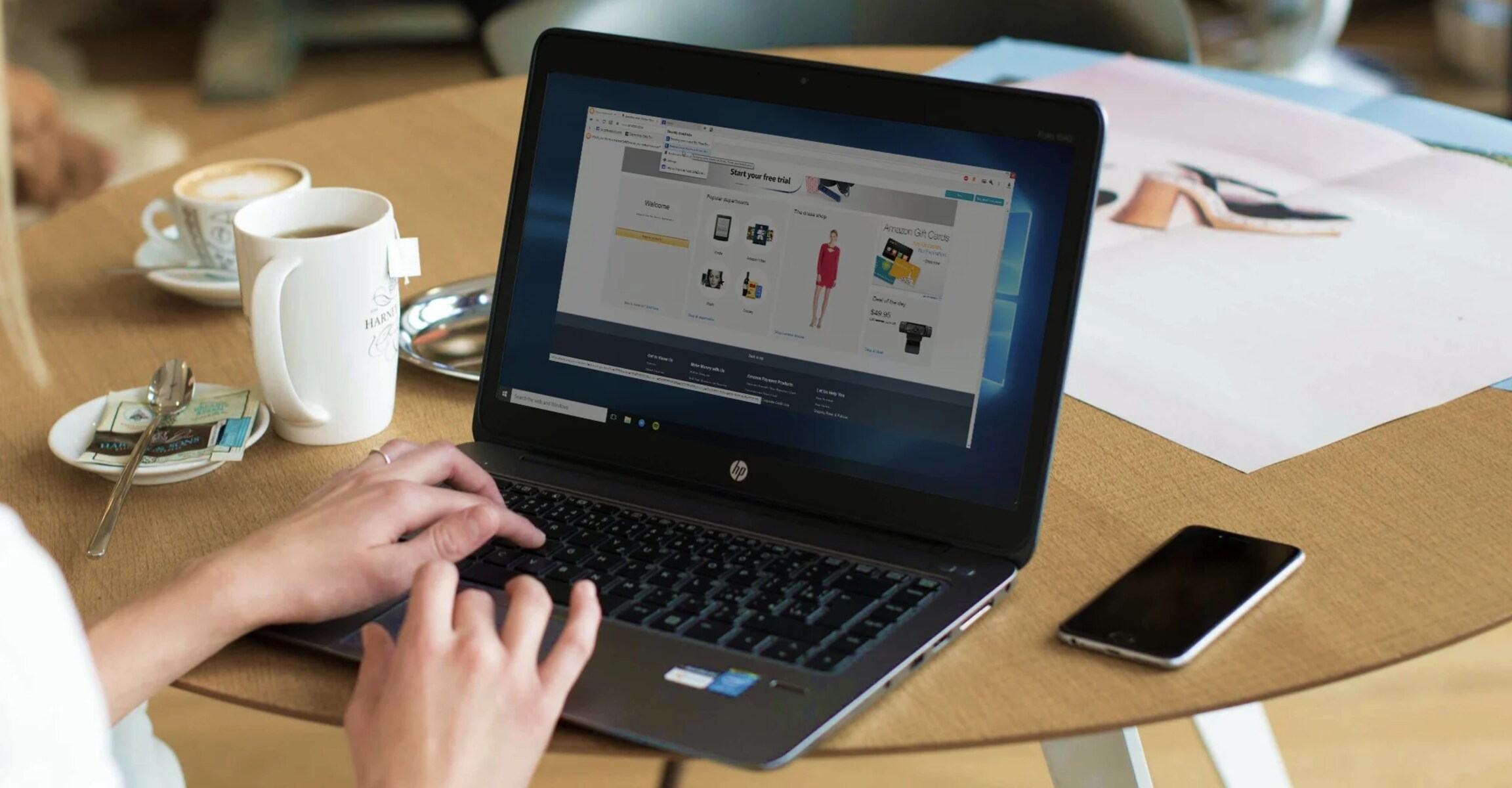Introduction
Uninstalling system apps on your Realme device can be a game-changer, offering you the freedom to declutter your device and optimize its performance. System apps, while integral to the functioning of the device, may not always align with your personal preferences or needs. By removing unnecessary system apps, you can reclaim valuable storage space and streamline your device's interface to suit your individual usage patterns.
Realme devices, known for their sleek design and powerful performance, provide users with the flexibility to customize their experience. However, the process of uninstalling system apps requires a strategic approach to ensure that the device's core functionality remains intact. In this comprehensive guide, we will walk you through the step-by-step process of safely uninstalling system apps on your Realme device.
By following these easy steps, you can gain a deeper understanding of your device's inner workings and take control of its software environment. Whether you are looking to free up space, enhance performance, or simply personalize your device to better suit your needs, this guide will equip you with the knowledge and tools to achieve your goals.
Let's embark on this journey to unlock the full potential of your Realme device by removing unwanted system apps, empowering you to create a tailored and efficient user experience.
Step 1: Enable Developer Options
Enabling Developer Options on your Realme device is the first crucial step towards gaining advanced access to the device's settings and features. This mode is designed for developers and advanced users, providing a wide array of tools and controls that are typically hidden from regular users. By following the simple steps outlined below, you can unlock the Developer Options menu and pave the way for customizing and optimizing your device.
-
Accessing Settings: To begin, navigate to the "Settings" app on your Realme device. This can usually be found on the home screen or in the app drawer. The "Settings" app is represented by a gear icon and serves as the central hub for configuring various aspects of your device.
-
Locating About Phone: Within the "Settings" menu, scroll down and look for the "About Phone" option. This section contains essential information about your device, including its model, software version, and status.
-
Tapping Build Number: Once you have located "About Phone," tap on it to access detailed device information. Within this section, you will find the "Build Number" option. Tap on "Build Number" repeatedly for approximately seven times. As you do this, you will notice a message indicating that you are nearing developer status.
-
Entering PIN or Password: At this point, the system may prompt you to enter your device's PIN or password to verify your identity. This is a security measure to ensure that only authorized users can access the Developer Options menu.
-
Developer Options Unlocked: After successfully entering the correct PIN or password, you will receive a message confirming that Developer Options have been unlocked. This signifies that you now have access to a range of advanced settings and tools that were previously hidden.
Enabling Developer Options on your Realme device empowers you to delve deeper into the device's functionality, enabling advanced customization and control. This mode is essential for executing various tasks, including USB debugging, system tweaking, and app development. With Developer Options now at your disposal, you are ready to proceed to the next step in the process of uninstalling system apps on your Realme device.
Step 2: Enable USB Debugging
Enabling USB debugging on your Realme device is a pivotal step in the process of uninstalling system apps. USB debugging allows your device to communicate with the Android SDK (Software Development Kit) and other development tools via a USB connection. This functionality is essential for executing advanced commands and modifications on your device, including the removal of system apps.
Here's a detailed guide on how to enable USB debugging on your Realme device:
-
Accessing Developer Options: As mentioned in the previous step, you have already unlocked Developer Options on your device. To proceed, navigate back to the main Settings menu and locate the newly accessible Developer Options section.
-
Locating USB Debugging: Within the Developer Options menu, scroll down to find the "USB Debugging" option. This feature allows you to establish a secure USB connection between your device and a computer for advanced debugging and development purposes.
-
Enabling USB Debugging: Tap on the "USB Debugging" option to activate it. A confirmation prompt may appear, informing you about the potential risks associated with USB debugging. Simply confirm your decision to enable USB debugging.
-
Granting Permission: After enabling USB debugging, your device may prompt you to grant permission for the connected computer to debug your device. This is a security measure to ensure that only trusted computers can access the debugging features.
-
Connecting to a Computer: With USB debugging now enabled, connect your Realme device to a computer using a USB cable. Ensure that the computer has the necessary drivers installed to recognize your device.
Enabling USB debugging on your Realme device opens up a world of possibilities for advanced customization and system-level modifications. This feature is instrumental in the process of uninstalling system apps using ADB (Android Debug Bridge), as it establishes a secure channel for issuing commands from your computer to your device.
By following these steps, you have successfully enabled USB debugging on your Realme device, setting the stage for the next phase of the system app uninstallation process. With USB debugging in place, you are now ready to proceed to the subsequent steps, bringing you closer to achieving a more personalized and optimized user experience on your Realme device.
Step 3: Connect Your Realme Device to Your Computer
Connecting your Realme device to your computer is a pivotal step in the process of uninstalling system apps. This connection establishes the link through which you will execute commands using ADB (Android Debug Bridge) to remove the targeted system apps. By following the steps outlined below, you can ensure a seamless and secure connection between your Realme device and your computer, setting the stage for the subsequent phases of the uninstallation process.
-
Prepare Your Computer: Before initiating the connection, ensure that your computer is powered on and running smoothly. It is advisable to close any unnecessary applications to optimize system resources and minimize potential interruptions during the process.
-
USB Cable Connection: Locate a suitable USB cable that is compatible with your Realme device. This cable will serve as the physical link between your device and the computer. Ensure that the USB cable is in good condition and free from any damage that could impede the connection.
-
Realme Device Connection: With the USB cable in hand, proceed to connect your Realme device to your computer. Depending on the specific model of your Realme device, you may need to use a USB-C, micro-USB, or USB-A cable. Carefully insert the USB connector into the corresponding port on your Realme device, ensuring a secure and stable connection.
-
Computer Recognition: Upon connecting your Realme device to your computer, the system should recognize the newly connected device. If this is the first time you are connecting your Realme device to the computer, it may prompt you to install the necessary drivers to facilitate communication between the two devices. Follow any on-screen prompts to complete the driver installation process.
-
Device Authorization: In some cases, when connecting your Realme device to the computer for the first time, the device may prompt you to authorize the computer for USB debugging and data transfer. This is a security measure to ensure that only trusted computers can access the device's features and data. Grant the necessary permissions to establish a secure and authorized connection.
By successfully connecting your Realme device to your computer, you have laid the groundwork for the subsequent steps in the system app uninstallation process. This connection serves as the bridge through which you will execute commands to identify and remove the targeted system apps, ultimately streamlining your device's interface and optimizing its performance. With the connection established, you are now ready to proceed to the next phase of the uninstallation process, bringing you closer to achieving a more personalized and efficient user experience on your Realme device.
Step 4: Install ADB on Your Computer
Installing ADB (Android Debug Bridge) on your computer is a pivotal step in the process of uninstalling system apps from your Realme device. ADB serves as a versatile command-line tool that facilitates communication between your computer and Android device, enabling you to execute a wide range of commands for debugging, app installation, and system management.
Here's a detailed guide on how to install ADB on your computer:
-
Download the Android SDK Platform Tools: Begin by downloading the Android SDK Platform Tools package from the official Android Developers website. This package includes ADB and Fastboot, essential tools for interacting with Android devices. Ensure that you download the appropriate version compatible with your computer's operating system, whether it's Windows, macOS, or Linux.
-
Extract the Platform Tools: Once the download is complete, extract the contents of the Platform Tools package to a convenient location on your computer. This could be a dedicated folder on your desktop or any other directory of your choice. Organizing the extracted files in a easily accessible location will streamline the process of using ADB commands.
-
Add ADB to System Path (Optional): For seamless access to ADB commands from any directory in the command prompt or terminal, you can add the location of the extracted Platform Tools to your system's PATH environment variable. This step is optional but highly recommended for convenience.
-
Verify ADB Installation: To ensure that ADB has been successfully installed on your computer, open a command prompt or terminal window and navigate to the directory where the Platform Tools are located. Then, execute the command "adb devices". If ADB is installed correctly and your Realme device is connected via USB, it should be listed as a recognized device.
By following these steps, you have successfully installed ADB on your computer, equipping yourself with a powerful tool for interacting with your Realme device at a deeper level. ADB plays a crucial role in the process of identifying and removing system apps, enabling you to streamline your device's software environment to better suit your preferences and usage patterns.
With ADB now installed and ready for use, you are prepared to proceed to the next phase of the system app uninstallation process, bringing you closer to achieving a more personalized and optimized user experience on your Realme device.
Step 5: Identify the Package Name of the System App
Before proceeding with the uninstallation of a system app on your Realme device, it is essential to accurately identify the package name of the targeted app. The package name serves as a unique identifier for each app installed on the device, allowing precise targeting when executing commands through ADB (Android Debug Bridge). By following the steps outlined below, you can effectively determine the package name of the system app you intend to uninstall, ensuring a seamless and accurate removal process.
-
Access ADB Shell: Begin by opening a command prompt or terminal window on your computer. Navigate to the directory where the ADB (Android Debug Bridge) tools are located. Once in the appropriate directory, execute the command
adb shellto access the shell environment of your Realme device. -
List Installed Packages: Within the ADB shell, enter the command
pm list packages -fand press Enter. This command will generate a comprehensive list of all installed packages on your Realme device, including both system and user-installed apps. The package names are displayed alongside their respective file paths, allowing you to easily identify the system app you wish to uninstall. -
Filtering System Apps: To streamline the process, you can filter the list to display only the system apps. Execute the command
pm list packages -f | grep '/system/'to narrow down the results to system-installed packages. This filtering ensures that you can focus specifically on identifying the package name of the system app you intend to remove. -
Identify the Package Name: Carefully review the list of system apps displayed in the terminal. Locate the entry corresponding to the system app you wish to uninstall. The package name is typically listed at the beginning of each entry, preceding the file path. Make a note of the package name, ensuring accuracy in capturing the unique identifier of the targeted system app.
By following these steps, you have successfully identified the package name of the system app on your Realme device, laying the groundwork for the precise execution of the uninstallation command. This meticulous approach ensures that you can confidently proceed to the next phase of the system app removal process, leveraging the accurate package name to initiate the uninstallation command through ADB. With the package name in hand, you are now poised to seamlessly execute the final step of removing the targeted system app, empowering you to customize and optimize your Realme device to better align with your preferences and usage patterns.
Step 6: Uninstall the System App
With the package name of the targeted system app accurately identified, you are now poised to execute the final step of the uninstallation process. Leveraging the power of ADB (Android Debug Bridge), you can seamlessly remove the unwanted system app from your Realme device, reclaiming valuable storage space and streamlining the device's interface to better suit your preferences.
Here's a detailed guide on how to uninstall the system app using ADB:
-
Initiate ADB Shell: Begin by opening a command prompt or terminal window on your computer. Navigate to the directory where the ADB tools are located. Once in the appropriate directory, execute the command
adb shellto access the shell environment of your Realme device. -
Execute Uninstallation Command: With the ADB shell established, enter the following command to uninstall the targeted system app:
pm uninstall -k –user 0
Replace
<package_name>with the actual package name of the system app you wish to remove. This command triggers the uninstallation process, removing the specified system app from your device. -
Confirmation and Completion: Upon executing the uninstallation command, the system will process the removal of the targeted system app. Once the process is complete, you will receive a confirmation message indicating the successful uninstallation of the app.
-
Verification: To ensure that the system app has been successfully uninstalled, you can navigate to your Realme device's app list or use the command
pm list packages -fwithin the ADB shell to verify the absence of the previously targeted app.
By following these steps, you have effectively uninstalled the system app from your Realme device, freeing up valuable storage space and refining the device's software environment to better align with your preferences. This meticulous approach, empowered by the capabilities of ADB, allows you to take control of your device's functionality and tailor it to suit your individual needs.
With the targeted system app successfully uninstalled, you have achieved a significant milestone in customizing and optimizing your Realme device. This process empowers you to curate a personalized user experience, free from unnecessary bloatware and tailored to enhance your daily usage patterns.
Conclusion
In conclusion, the process of uninstalling system apps on your Realme device represents a significant opportunity to take control of your device's software environment and tailor it to better suit your individual preferences and usage patterns. By following the comprehensive steps outlined in this guide, you have embarked on a journey to unlock the full potential of your Realme device, empowering yourself to create a more personalized and efficient user experience.
Enabling Developer Options and USB debugging, connecting your Realme device to your computer, installing ADB, identifying the package name of the system app, and executing the uninstallation command through ADB are the key steps that collectively enable you to remove unwanted system apps with precision and confidence.
By meticulously navigating through these steps, you have gained a deeper understanding of your device's inner workings and harnessed the power of advanced tools and commands to streamline its interface. The removal of unnecessary system apps not only frees up valuable storage space but also contributes to optimizing the device's performance, resulting in a smoother and more responsive user experience.
Furthermore, the ability to identify and uninstall system apps empowers you to declutter your device, reduce background processes, and customize its software environment to align with your specific needs. This level of control over your device's functionality fosters a sense of empowerment and ownership, allowing you to curate a user experience that reflects your unique preferences and usage habits.
As you continue to explore the capabilities of your Realme device, remember that the knowledge and skills gained from this process extend beyond system app removal. The tools and techniques utilized in this guide open the door to a world of advanced customization and system-level modifications, enabling you to further optimize and personalize your device in accordance with your evolving requirements.
In essence, the process of uninstalling system apps on your Realme device represents a pivotal step in your journey towards harnessing the full potential of your device. By leveraging the insights and skills acquired from this guide, you are well-equipped to navigate the intricacies of your device's software environment and create a tailored user experience that enhances your daily interactions with your Realme device.









